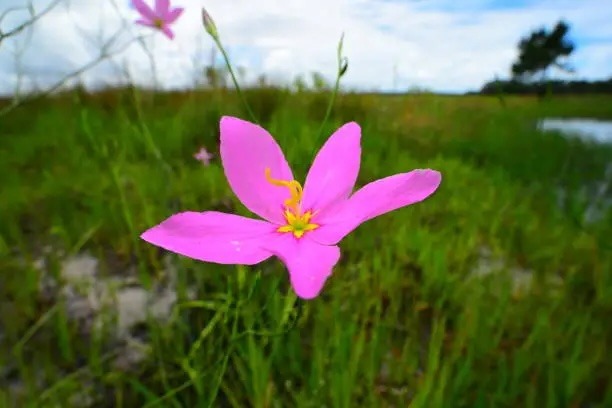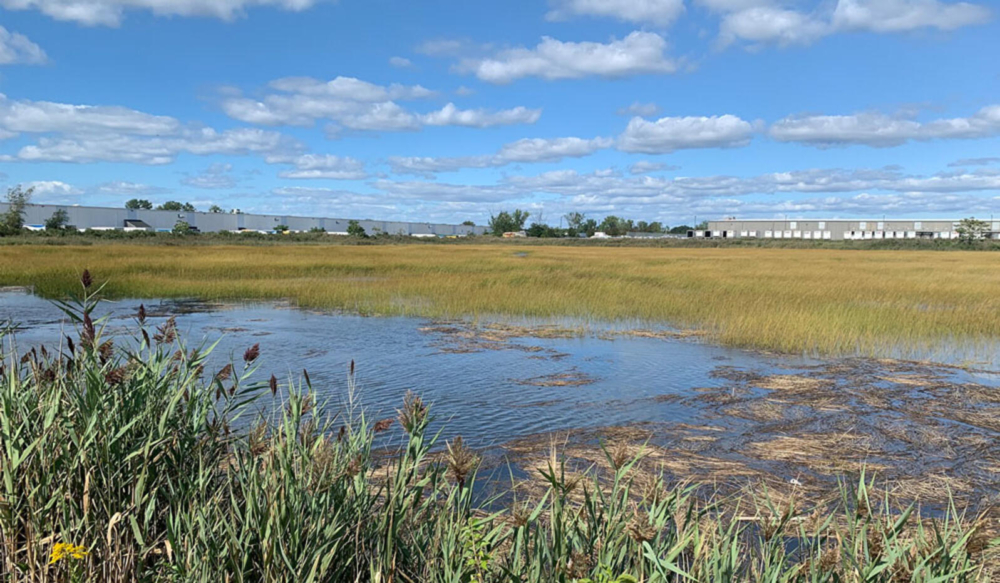Since 2005, each state has been required by the federal government to create and submit an updated Wildlife Action Plan every 10 years. Wildlife Action Plans serve as blueprints for wildlife conservation at the state-level and include regional and national conservation goals. This involves identifying Species of Greatest Conservation Need (SGCN) as well as their affiliated habitats and the issues they face.
Conservation actions and research needs are then prioritized to conserve these species and habitats. When a state’s Wildlife Action Plan gets approved by the U.S. Fish and Wildlife Service, various organizations can apply for federal funding to implement conservation actions outlined in the Plan. An approved State Wildlife Action Plan makes a state eligible for funding through the State Wildlife Grants Program
Connecticut completed its first State Wildlife Action Plan in 2005 (then called a Comprehensive Wildlife Strategy), revised it in 2015, and are now revising again to set the framework for conservation for 2025-2035.
In this process, there is an open call for Public Comment. What does this even mean? It means that your voice can be heard, but in order for that to happen, there are steps that must be taken by you. There are indeed helpful guidelines provided by the state of Connecticut, and it’s encouraging to know that as residents of the state of Connecticut, our thoughts are welcomed.
This updated plan, covering the period 2025-2035, will guide conservation efforts for the state’s fish and wildlife and their habitats.The plan identifies Species of Greatest Conservation Need (SGCN), key habitats, priority issues, and conservation actions. Public input is being gathered to refine the plan before its submission to the U.S. Fish and Wildlife Service.
Stratford’s coastal salt marshes are particularly important habitats for several species of conservation concern:

Birds: Saltmarsh Sparrow populations have experienced steep declines, and their survival is a key focus of local conservation efforts at locations like Great Meadows Marsh.

Plants: The endangered Marsh Pink flower is found at Great Meadows Marsh, where restoration projects aim to create suitable conditions for its growth.

Stratford’s interest is in the effect that climate and development have on the Great Meadows Marsh, which is part of the Stewart B. McKinney National Wildlife Refuge, and has hiking trails for birdwatchers as well recreational walkers. The Great Meadows Marsh is considered a “jewel” in Stratford.
The Great Meadows includes a barrier beach, tidal wetland, ditched salt marsh, filled wetland, and upland. The area also has several small fresh or brackish ponds, salt pannes (water retaining depressions), and tidal mud and sand flats.
In a telephone conversation with Tom Andersen, Director of Communications with Connecticut Audubon on Stratford Point, he opened the interview by stating that to begin to understand the threats to our birds we should note that the overall number of birds in North America have decreased by 30%, which is 3 billion fewer birds than in 1970.
Anderson went on to say, “The scarlet tanager is listed as a species of greatest conservation need for the 2025 Wildlife Action Plan. The Scarlet Tanager inhabits forests, and in the last 50 years, their numbers have decreased by 70%. Most birdwatchers have noticed that the Marsh Sparrow is on a trajectory of extinction. They nest in the Great Meadows Marsh, and rising sea levels flood their nests more than twice a month. There are not enough dry areas to nest. Also declining in the marsh is the Red Wing Blackbird. Herons and egrets all have declined for various reasons.”
“Most raptors, ospreys and bald eagles are now doing better because of the stopping of DDT,” he continued. “Ospreys, bald eagles, and peregrine falcons have increased in numbers, and owls are holding their own. Most shorebirds, terns, gulls, piping plovers, are doing pretty well. There are still only 80 pairs of piping plovers that nest in Connecticut (Long Beach and Milford Audubon), but the sand pipers populations are declining.”
In addition to Andersen raising concerns about endangered birds, he told us that the Diamond Back Terrapins (the turtles that inhabit the Great Meadows and we see on the Burma Road) are turtles that use estuaries and tidal areas of the Great Meadows Marsh. They appear to be doing okay, as reported by the current Wildlife Action Plan that has been developed to date.
Stratford has shown national leadership in saving horseshoe crabs; our shoreline and state government have been instrumental in their conservation. In 2023, the state passed a law that mandated a ban on manual harvesting of horseshoe crabs. “While the law will have an impact, it’s going to take a while for the crab population to recover,” said Jo-Marie Kasinak, Director of Sacred Heart University’s Project Limulus, based at Stratford Point, in a profile in the Spring 2025 Sacred Heart Magazine. She said more needs to be done to ensure their survival.
In a Connecticut Public Radio (CPR) interview with Jennifer Ahrens, Kasinak said she has noticed a huge drop in the species’ numbers since she first began tagging them with Project Limulus in 2008. “We used to easily tag 300 horseshoe crabs a day at Milford Point, and now we’re lucky if we get 30,” she said.
She also said in the CPR interview that despite Connecticut limiting harvests more than 15 years ago, the Project Limulus’ tagging program, which is staffed by research students and volunteers, has not seen any positive population trends during that time frame. “Horseshoe crabs aren’t just impacted by Connecticut laws. From our tagging data, we have learned that the crabs … swim all the way up to Maine, all the way down to New Jersey and Delaware,” Kasinak said.
The drafted Plan is now being reviewed by partner organizations and the public, and a finalized Plan will be submitted to the U.S. Fish and Wildlife Service later this summer. The action plan addresses the broad array of all mammal, bird, reptile, amphibian, fish, invertebrate, and plant species. Hundreds of Connecticut plants and animals are named as having conservation needs. There is an opportunity for you to weigh-in. To learn more about how you can voice your thoughts on the Wildlife Action Plan, visit the Connecticut Department of Energy & Environmental Protection’s (DEEP) website.
Barbara Heimlich spent 35 years as Vice President of Program Management and Research for Paragon Development, an international consulting firm, where she was responsible for new product and business development. She is the Features Reporter for the Stratford Crier.








